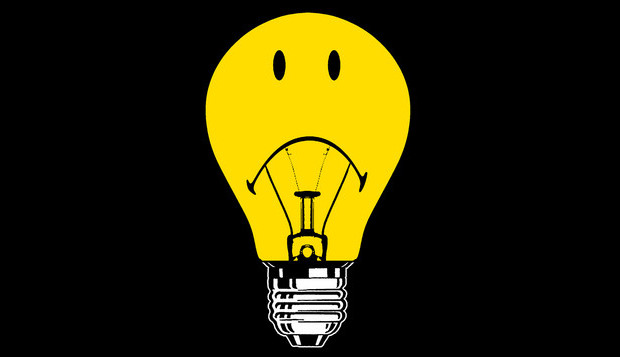
If you want to know why so many Americans feel alienated from their government, you need only go to Target and check out the light bulb aisle. Instead of the cheap commodities of yesteryear, you’ll find what looks like evidence of a flourishing, technology-driven economy. There are “ultrasoft” bulbs promising “softer soft white longer life” light, domed halogens for “bright crisp light” and row upon row of Energy Smart bulbs — some curled in the by-now-familiar compact fluorescent form, some with translucent shells that reveal only hints of the twisting tubes within.
It seems to be a dazzling profusion of choice. But, at least in California, where I live, this plenitude no longer includes what most shoppers want: an inexpensive, plain-vanilla 100-watt incandescent bulb. Selling them is now illegal here. The rest of the country has until the end of the year to stock up before a federal ban kicks in.
Postrel addresses both the quality issues and the economic flaws of technology mandates, concluding that light bulb policy is not an efficient way to reduce electricity use. Lynne Kiesling sums up the argument nicely:
This is a large source of aggravation with regulation more generally, as well as a large source of the unintended consequences that inevitably accompany such regulation. The “government knows best” attitude that drills down too far and does not target the ultimate objective, which is reducing electricity use, both fails to deliver on its goal and is patronizing and condescending in the bargain. That’s a lose-lose policy … for everyone except for those big bulb producers who are the beneficiaries of this legislation.



